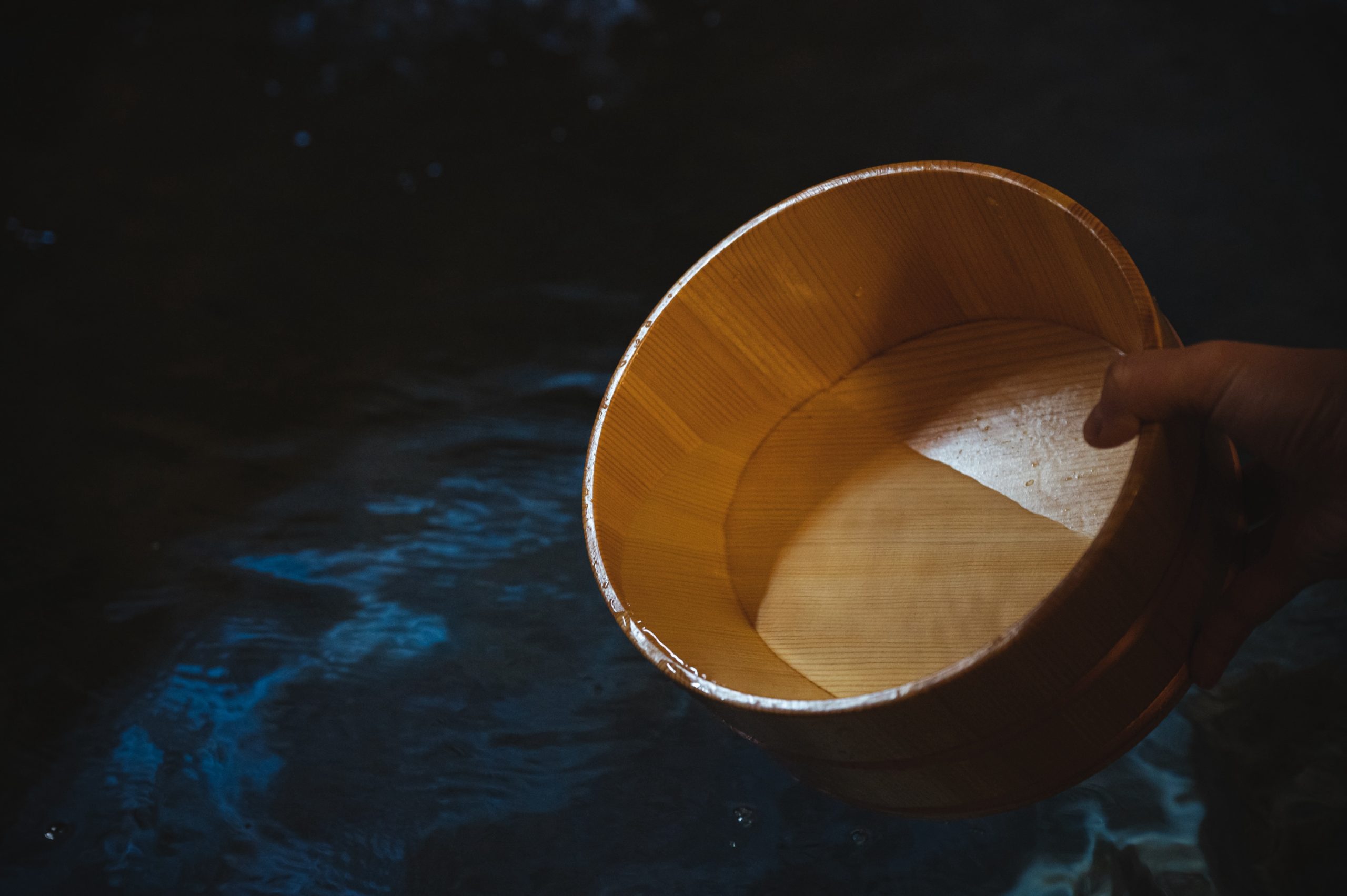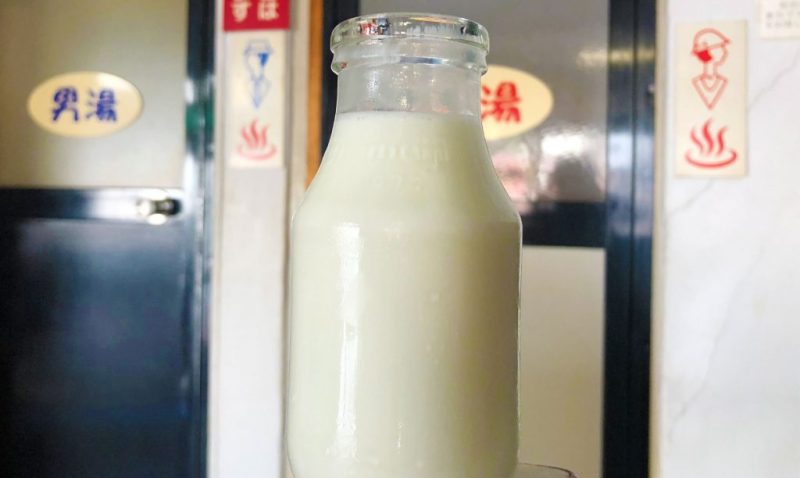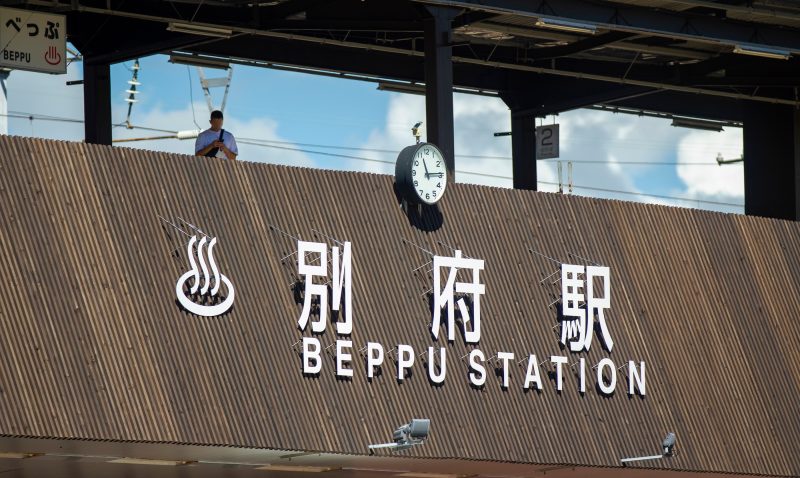
Japanese hot springs, or onsen, are beloved by people both within Japan and around the world for their abundant hot water and diverse health benefits. Especially famous is Beppu City in Kyushu, one of Japan’s premier hot spring destinations, attracting numerous tourists every year.
However, to fully enjoy the onsen experience, it is important to follow certain etiquette and manners. Not knowing these rules can lead to discomfort or inconvenience for other bathers.
In this article, we will provide detailed information on the correct bathing etiquette while exploring the history of Japan’s onsen culture and the unique charm of Beppu’s hot springs, ensuring a pleasant and respectful experience. Read on to fully enjoy your onsen visit.
1. The Origins of Japanese Onsen Culture
The culture of Japanese hot springs is ancient, with references to onsen found in texts dating back to the Nara period (710-794). At that time, onsen were primarily used for “toji” (therapeutic bathing) to treat illnesses, rather than as tourist destinations.
Japan’s oldest historical record, the “Nihon Shoki,” contains accounts of emperors visiting hot springs. These records indicate that hot springs were used by nobility in ancient times.
During the Kamakura period (1185-1333), hot spring areas such as Atami, Hakone, Ikaho, and Kusatsu became well-known, with samurai and monks visiting them for therapeutic purposes. In the Sengoku period (1467-1603), it was common for soldiers injured in battle to use hot springs for treatment.
In the Edo period (1603-1868), onsen became accessible to the general public, serving not only as therapeutic sites but also as places for socializing and recreation. During this era, hot spring towns developed, and the practice of touring seven different hot springs, known as “Nanayu Meguri,” became popular.
Since the Meiji period (1868-1912), onsen have evolved from therapeutic baths to health resorts. Hot spring towns such as Atami, Beppu, and Hakone rapidly developed. Today, Japan boasts about 3,000 hot spring areas and approximately 27,000 hot spring sources, making onsen a cherished place for relaxation for many.
2. Bathing Etiquette and Manners for Enjoying Beppu Onsen
Beppu is renowned for its abundant hot springs and diverse spring qualities, with over 2,000 hot spring sources scattered throughout the city. It is known as one of the world’s leading hot spring paradises.
In Beppu, the culture of treating travelers kindly is deeply rooted, and many residents are very hospitable to tourists. However, to ensure everyone has an enjoyable time, it is important to know and follow proper bathing etiquette and manners.
Below are the basic bathing etiquette and manners to enjoy Beppu’s hot springs comfortably. While none of these are complicated, it is important to follow them to ensure a pleasant experience.
Greetings
In Japan, it is important to greet others when entering a hot spring. A cheerful greeting can help break the ice and foster a friendly atmosphere. Don’t forget to say “goodbye” when leaving the bath.
Rinse Before Entering the Bath
You might feel tempted to jump into the large bath right away, but make sure to rinse your body with hot water first. This not only warms you up but also prevents any discomfort for other bathers.
Don’t Add Water Without Asking
If the hot spring feels too hot, resist the urge to add cold water without permission. Always ask other bathers, “Is it okay to add some water?” before doing so.
Don’t Sit on the Edge of the Bath
Avoid sitting on the edge of the bath, as it can be bothersome to others. While this rule might be less familiar outside of Beppu, it is an important courtesy there.
Don’t Put Towels in the Water
Many people unconsciously place their towels in the bathwater, but this is not considered good manners. Keep your towel out of the water and use it only for drying off afterward.
Keep Hair Out of the Water
If you have long hair, tie it up with a rubber band or hair tie to prevent it from getting into the water and keep the bath clean.
Move Slowly
When entering or exiting the bath and moving within the bath, do so slowly to avoid splashing water on others.
Keep Conversation Quiet
The bath is a place for relaxation. Be mindful of your volume and avoid loud conversations that might disturb others.
Supervise Children
If you have children with you, make sure they do not play or cause a disturbance in the onsen. Parents should responsibly oversee their children’s behavior.
No Reserving Wash Areas
Do not reserve wash areas by leaving towels or containers. This is especially important during busy times.
Cold Bath Etiquette
Before entering a cold bath, make sure to rinse off any sweat with hot water or a shower. Also, avoid submerging your head in the cold bath.
Use “Tsuboyu” Considerately
Some onsen have individual baths (tsuboyu) that can be used by one person at a time. Since these baths are generally limited in number, avoid using them for extended periods and be considerate of others who may be waiting to use them.
Avoid Bathing After Drinking
Do not enter the onsen if you have been drinking or if you are feeling unwell, as it may exacerbate your condition.
Be Mindful with the Shower
When using the shower in the washing area, be careful not to spray water onto others.
Dry Off Before Entering the Changing Room
Before leaving the bathing area, dry off thoroughly with your towel to avoid dripping water in the changing room.
3. Tips for Enjoying Public Baths in Beppu
Beppu’s hot springs are used not only by tourists but are also regularly used by locals. Public baths, known as “jimosen,” have unique characteristics that set them apart from typical hot spring resorts. Below, we provide some tips for enjoying public baths in Beppu.
Bring Your Own Towel and Amenities
Most public baths in Beppu do not provide showers, soap, shampoo, conditioner, hair dryers, or towels. Therefore, it is best to bring your own amenities.
Interact with Locals
When you enter a public bath, exchanging greetings with locals is common, and they may ask where you are from. Many locals are friendly and welcome visitors, making it a great opportunity to have enjoyable conversations and learn unique information. Interaction with locals can be one of the highlights of the onsen experience, so be sure to actively engage and enjoy these exchanges.
4. Relax and Enjoy Your Onsen Experience
While there are many rules and etiquette to remember, don’t be overwhelmed. Relax and enjoy the experience. In Japan, especially in Beppu, small public baths are an integral part of daily life for locals. Many households do not have baths, so going to the nearby onsen is a common practice. Experiencing these public baths offers a glimpse into the daily lives of Beppu residents and a deeper understanding of Japanese culture.
By following the etiquette and manners outlined in this article, you can enjoy Japan’s wonderful onsen culture to the fullest.


